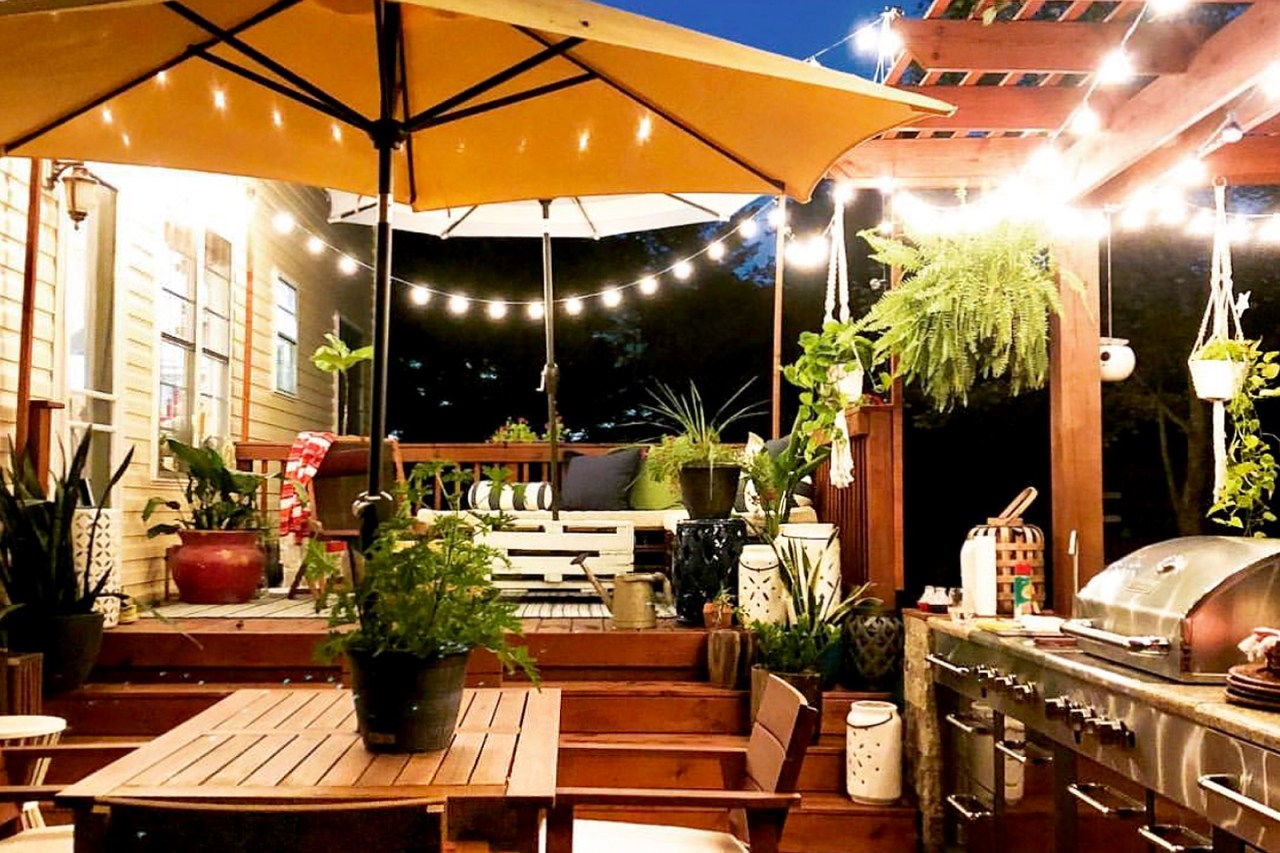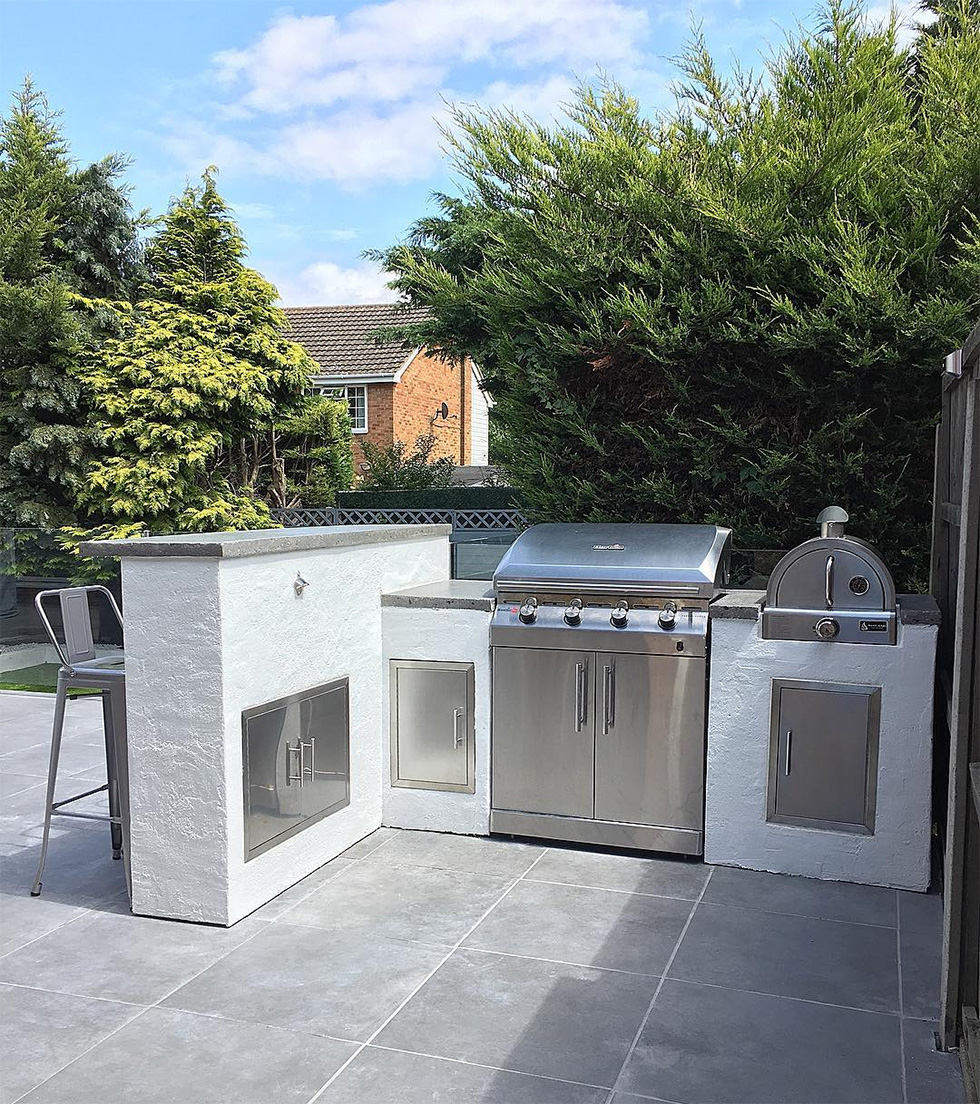WASHINGTON (August 21, 2019) – Existing-home sales strengthened in July, a positive reversal after total sales were down slightly in the previous month, according to the National Association of Realtors®. Although Northeast transactions declined, the other three major U.S. regions recorded sales increases, including vast growth in the West last month.
Total existing-home sales1, https://www.nar.realtor/existing-home-sales, completed transactions that include single-family homes, townhomes, condominiums and co-ops, rose 2.5% from June to a seasonally adjusted annual rate of 5.42 million in July. Overall sales are up 0.6% from a year ago (5.39 million in July 2018).
“Falling mortgage rates are improving housing affordability and nudging buyers into the market,” said Lawrence Yun, NAR’s chief economist. However, he added that the supply of affordable housing is severely low. “The shortage of lower-priced homes have markedly pushed up home prices.”
Home price appreciation has been much stronger in the lower-price tier compared to homes sold in the upper-price tier, based on the analysis of proprietary deed records data from Black Knight, Inc. and Realtors Property Resource®.
Of the same homes that were sold in 2018 that were purchased in 2012 in 13 large metro areas (repeat sales transactions), the lower half of the market had increased by more than 100% in 2018 in metro areas like Atlanta-Sandy-Springs-Roswell, Ga. (165%), Denver-Aurora-Lakewood, Colo. (103%), Miami-Fort-Lauderdale, Fla. (119%) and Tampa-St. Petersburg-Clearwater, Fla. (125%). The median home price for homes purchased in the upper half of the market in these same metro areas in 2012 increased at a much slower pace when sold in 2018.
“Clearly, the inventory of moderately-priced homes is inadequate and more home building is needed,” said Yun. “Some new apartments could be converted into condominiums thereby helping with the supply, especially in light of new federal rules permitting a wider use of Federal Housing Administration (FHA) mortgages to buy condo properties.”
The median existing-home price2 for all housing types in July was $280,800, up 4.3% from July 2018 ($269,300). July’s price increase marks the 89th straight month of year-over-year gains.
Total housing inventory3 at the end of July decreased to 1.89 million, down from 1.92 million existing-homes available for sale in June, and a 1.6% decrease from 1.92 million one year ago. Unsold inventory is at a 4.2-month supply at the current sales pace, down from the 4.4 month-supply recorded in June and down from the 4.3-month supply recorded in July of 2018.
Properties typically remained on the market for 29 days in July, up from 27 days in June and up from 27 days in July of 2018. Fifty-one percent of homes sold in July were on the market for less than a month.
According to Freddie Mac, the average commitment rate (link is external) for a 30-year, conventional, fixed-rate mortgage decreased to 3.77% in July, down from 3.80% in June. The average commitment rate across all of 2018 was 4.54%.
“Mortgage rates are important to consumers, but so is confidence about the nation’s overall economic outlook,” Yun continued. “Home buying is a serious long term decision and current low or even lower future mortgage rates may not in themselves meaningfully boost sales unless accompanied by improved consumer confidence.”
First-time buyers were responsible for 32% of sales in July, down from 35% the month prior and about equal to the 32% recorded in July 2018. NAR’s 2018 Profile of Home Buyers and Sellers – released in late 20184 – revealed that the annual share of first-time buyers was 33%.
As the share of first-time buyers rose, individual investors or second-home buyers, who account for many cash sales purchased 11% of homes in July, up from 10% recorded in June 2019 and down from 12% recorded in July a year ago. All-cash sales accounted for 19% of transactions in July, up from June and down from July of 2018 (16% and 20%, respectively).
Distressed sales5 – foreclosures and short sales – represented 2% of sales in July, unchanged from June but down from 3% in July 2018. Less than 1% of July 2019 sales were short sales.
“Present rates have opened the market for a number of potential buyers who couldn’t afford a home just a year ago,” said NAR President John Smaby, a second-generation Realtor® from Edina, Minnesota, and broker at Edina Realty. “Additionally, NAR has been working with the FHA for years to establish new condominium loan policies. Our hard work has paid off, and this change will begin benefiting buyers, sellers and our members as soon as this fall.”
Regional Breakdown
Compared to June, existing-home sales recorded in July rose in the Midwest, South and West, but fell slightly in the Northeast region. Compared to last year, July sales dropped in the Northeast and West while experiencing modest gains in the Midwest and South. Median home prices rose from a year ago, except in the Northeast.
July existing-home sales in the Northeast decreased 2.9% to an annual rate of 660,000, a 4.3% decline from a year ago. The median price in the Northeast was $305,800, down 1.0% from July 2018.
In the Midwest, existing-home sales edged up 1.6% to an annual rate of 1.27 million, which is a 0.8% increase from July 2018. The median price in the Midwest was $226,300, an 8.1% surge from a year ago.
Existing-home sales in the South increased 1.8% to an annual rate of 2.31 million in July, up 2.7% from a year ago. The median price in the South was $245,100, up 5.2% from one year ago.
Existing-home sales in the West shot up 8.3% to an annual rate of 1.18 million in July, just 0.8% below a year ago. The median price in the West was $408,000, up 3.7% from July 2018.
Single-family and Condo/Co-op Sales
Single-family home sales sat at a seasonally adjusted annual rate of 4.84 million in July, up from 4.71 million in June and up 1.0% from a year ago. The median existing single-family home price was $284,000 in July 2019, up 4.5% from July 2018.
Existing condominium and co-op sales were recorded at a seasonally adjusted annual rate of 580,000 units in July, about equal to the rate from the prior month and down 3.3% from a year ago. The median existing condo price was $254,300 in July, which is up 2.5% from a year ago.
The National Association of Realtors® is America’s largest trade association, representing more than 1.3 million members involved in all aspects of the residential and commercial real estate industries.
NOTE: For local information, please contact the local association of Realtors® for data from local multiple listing services. Local MLS data is the most accurate source of sales and price information in specific areas, although there may be differences in reporting methodology.
1Existing-home sales, which include single-family, townhomes, condominiums and co-ops, are based on transaction closings from Multiple Listing Services. Changes in sales trends outside of MLSs are not captured in the monthly series. NAR rebenchmarks home sales periodically using other sources to assess overall home sales trends, including sales not reported by MLSs. Existing-home sales, based on closings, differ from the U.S. Census Bureau’s series on new single-family home sales, which are based on contracts or the acceptance of a deposit. Because of these differences, it is not uncommon for each series to move in different directions in the same month. In addition, existing-home sales, which account for more than 90% of total home sales, are based on a much larger data sample – about 40% of multiple listing service data each month – and typically are not subject to large prior-month revisions.
The annual rate for a particular month represents what the total number of actual sales for a year would be if the relative pace for that month were maintained for 12 consecutive months. Seasonally adjusted annual rates are used in reporting monthly data to factor out seasonal variations in resale activity. For example, home sales volume is normally higher in the summer than in the winter, primarily because of differences in the weather and family buying patterns. However, seasonal factors cannot compensate for abnormal weather patterns.
Single-family data collection began monthly in 1968, while condo data collection began quarterly in 1981; the series were combined in 1999 when monthly collection of condo data began. Prior to this period, single-family homes accounted for more than nine out of 10 purchases. Historic comparisons for total home sales prior to 1999 are based on monthly single-family sales, combined with the corresponding quarterly sales rate for condos.
2The median price is where half sold for more and half sold for less; medians are more typical of market conditions than average prices, which are skewed higher by a relatively small share of upper-end transactions. The only valid comparisons for median prices are with the same period a year earlier due to seasonality in buying patterns. Month-to-month comparisons do not compensate for seasonal changes, especially for the timing of family buying patterns. Changes in the composition of sales can distort median price data. Year-ago median and mean prices sometimes are revised in an automated process if additional data is received.
The national median condo/co-op price often is higher than the median single-family home price because condos are concentrated in higher-cost housing markets. However, in a given area, single-family homes typically sell for more than condos as seen in NAR’s quarterly metro area price reports.
3Total inventory and month’s supply data are available back through 1999, while single-family inventory and month’s supply are available back to 1982 (prior to 1999, single-family sales accounted for more than 90% of transactions and condos were measured only on a quarterly basis).
4Survey results represent owner-occupants and differ from separately reported monthly findings from NAR’s Realtors® Confidence Index, which include all types of buyers. Investors are under-represented in the annual study because survey questionnaires are mailed to the addresses of the property purchased and generally are not returned by absentee owners. Results include both new and existing homes.
5Distressed sales (foreclosures and short sales), days on market, first-time buyers, all-cash transactions and investors are from a monthly survey for the NAR’s Realtors® Confidence Index, posted at nar.realtor.
“Copyright National Association of
REALTORS®.
Reprinted with permission.”








